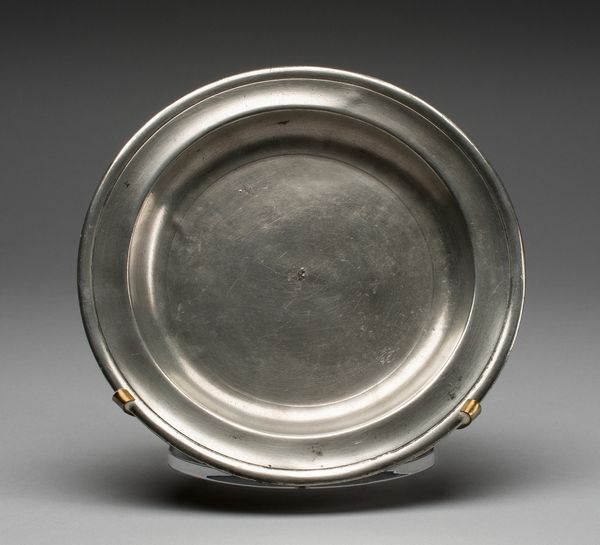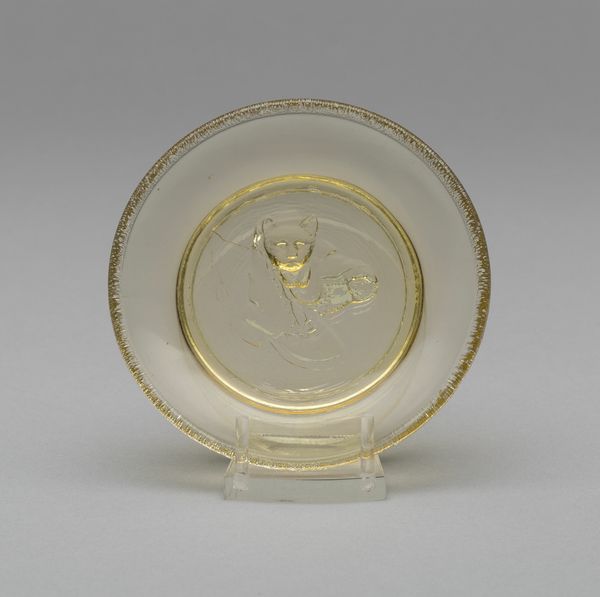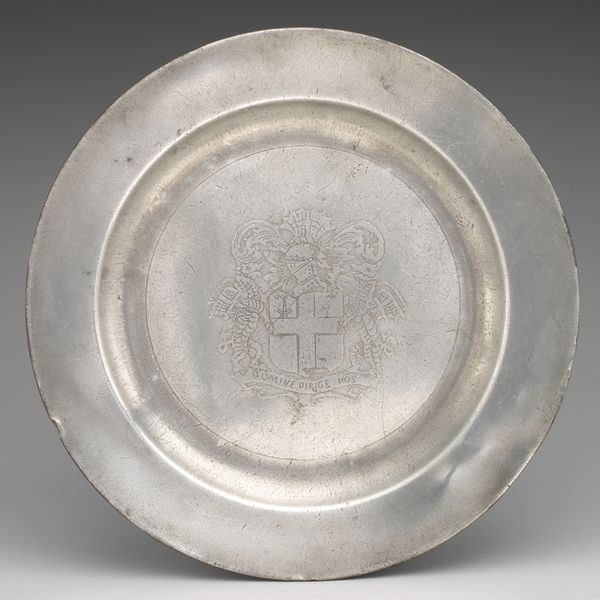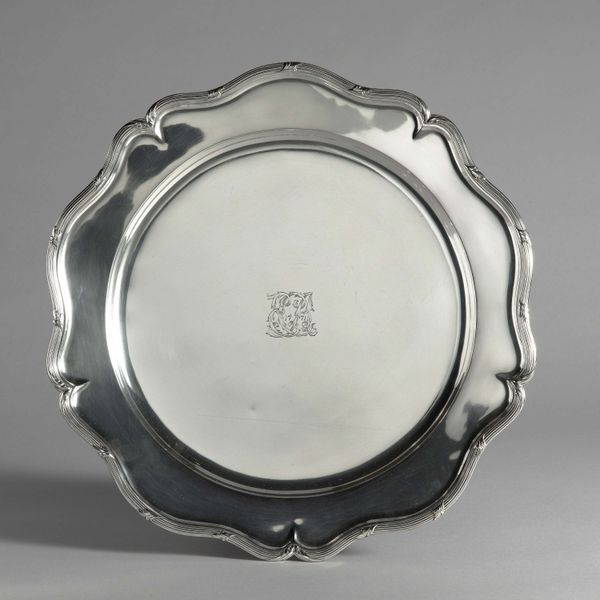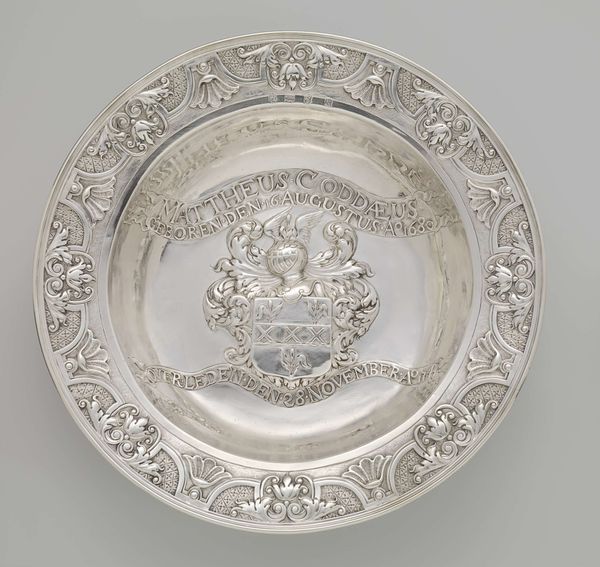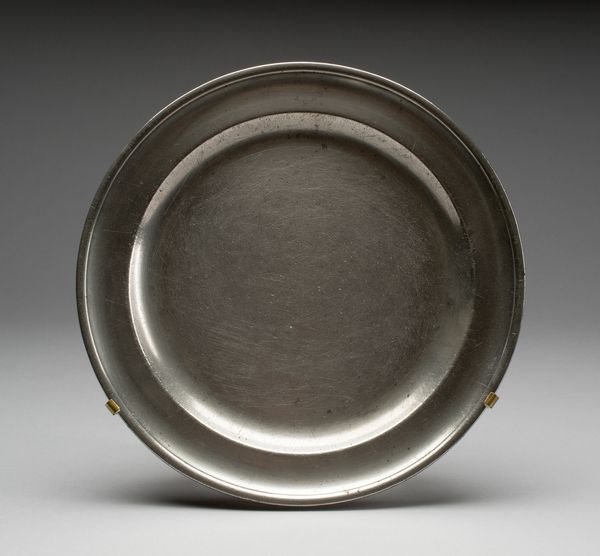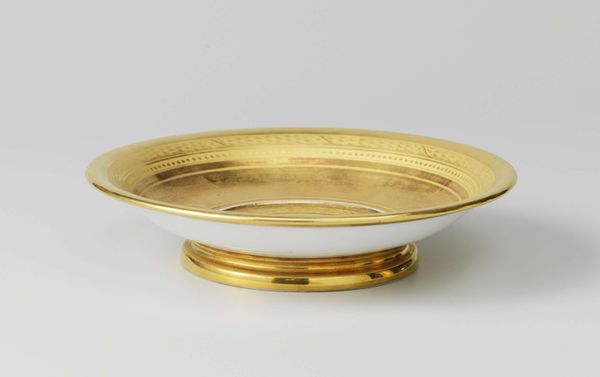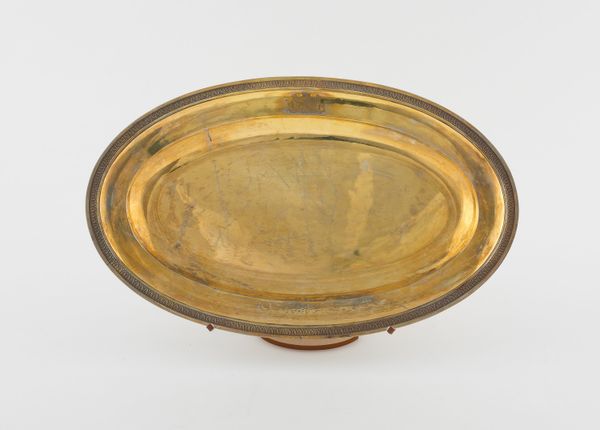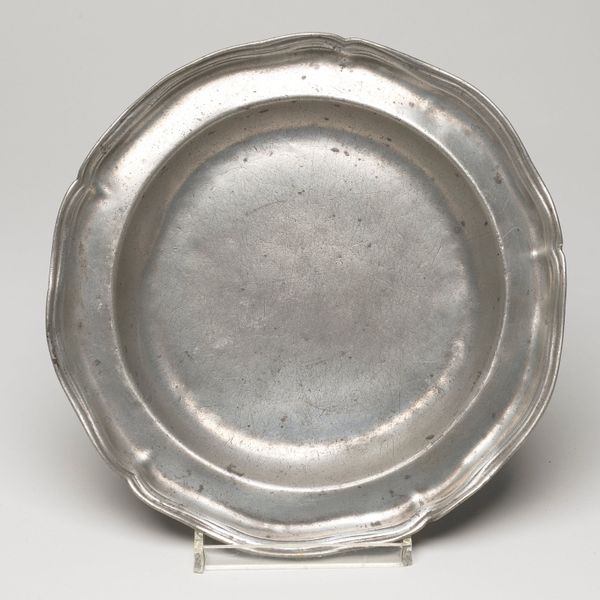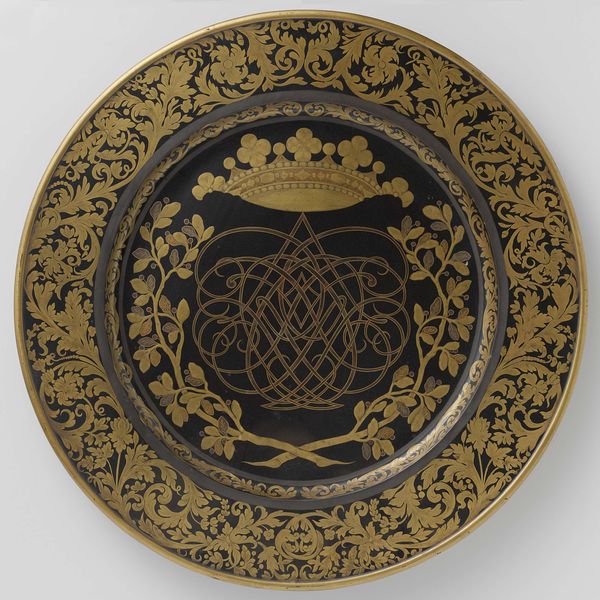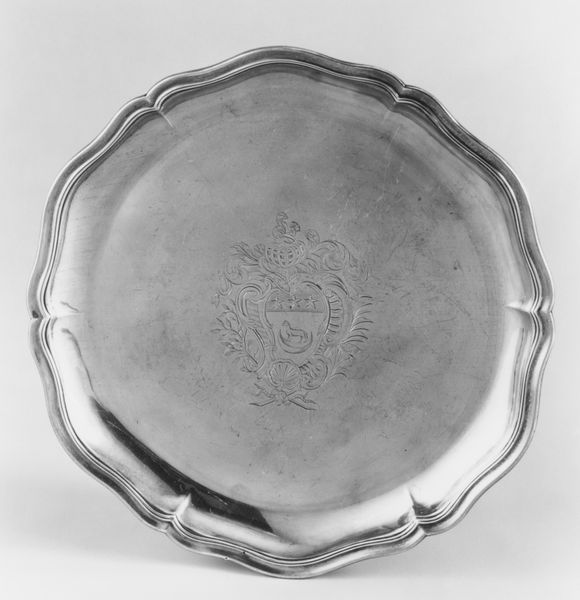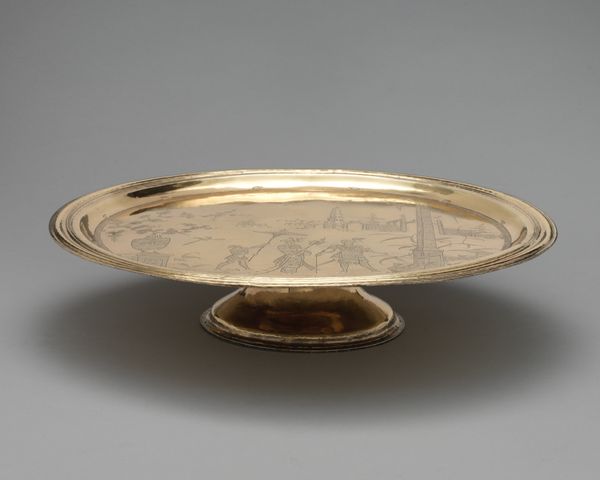
silver, metal, gold, sculpture
#
silver
#
baroque
#
metal
#
gold
#
sculpture
#
decorative-art
Dimensions: Diameter (confirmed): 9 3/4 in., 23.658oz. (24.8 cm, 670.7g)
Copyright: Public Domain
Editor: So, this plate, crafted by Gottlieb Menzel in 1730, is a vision in gold and silver, currently residing at the Metropolitan Museum of Art. The regal crest really stands out. What story do you think it tells? Curator: A gilded plate in 1730 wasn't merely tableware; it was a pronouncement. Think about the Baroque period - lavish display was practically a political act. Do you notice the heraldic crest at the top? Whose power do you imagine it represented? Editor: Possibly royalty or a noble family? Curator: Precisely! Serving food on such a piece amplified the owner's prestige. Consider also the social context of dining itself back then. These weren't casual meals, right? How would elaborate silverware and dining rituals impact the message conveyed through such a piece? Editor: It seems like a way to reinforce social hierarchies, to literally show who has power and wealth at the table. Curator: Exactly. This plate functioned almost as a piece of propaganda, subtly yet consistently reinforcing a certain order. Does seeing it this way change your initial feeling about it? Editor: Absolutely. I initially saw just a pretty object. Now, it’s clear this "decorative art" played a more powerful role in its time. I see the history embedded in what I thought was simply an object of decor. Curator: It’s a good reminder that objects, even seemingly simple ones, can embody powerful cultural and social messages. Looking closely helps us unlock those meanings and think critically about art’s role within society.
Comments
No comments
Be the first to comment and join the conversation on the ultimate creative platform.

